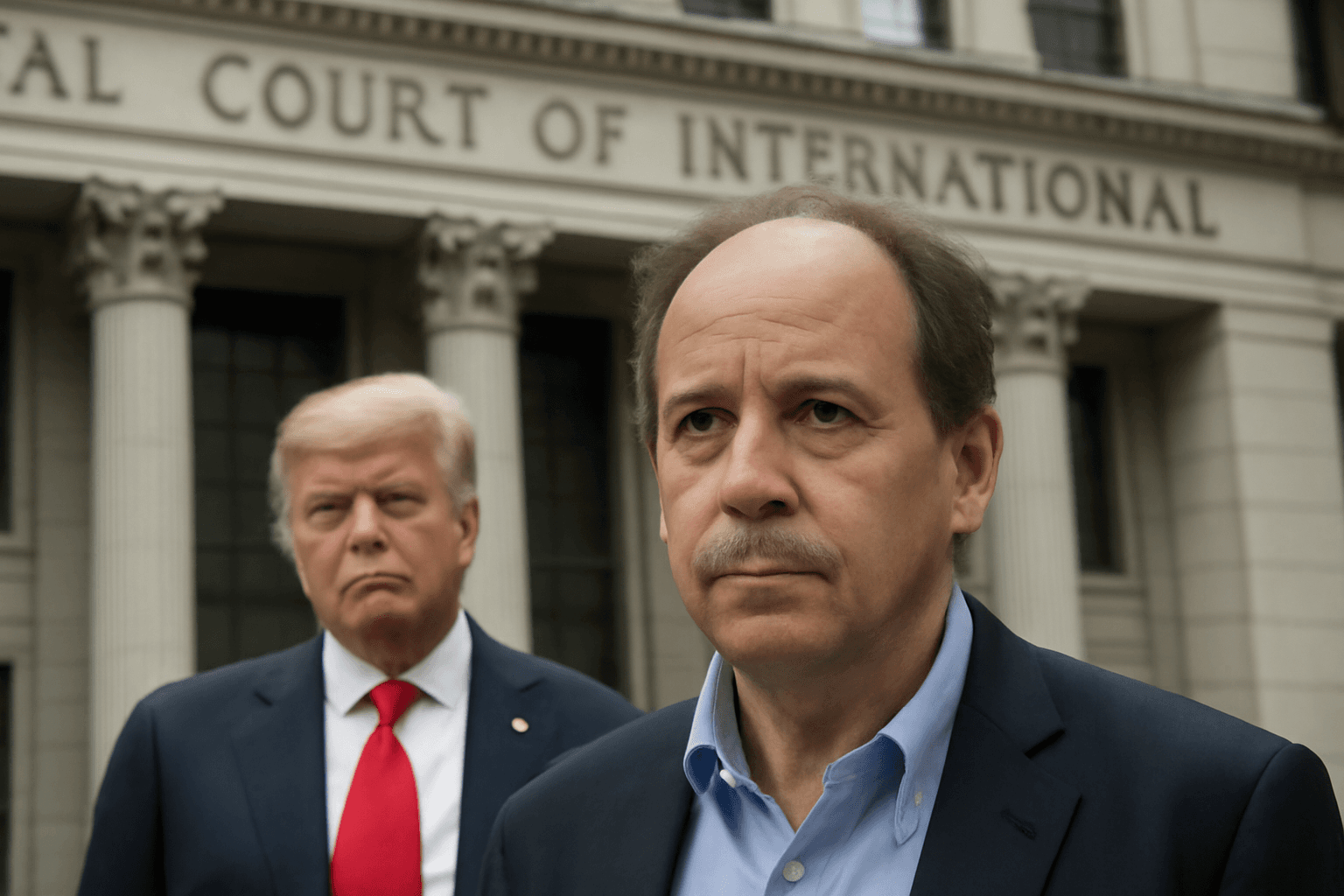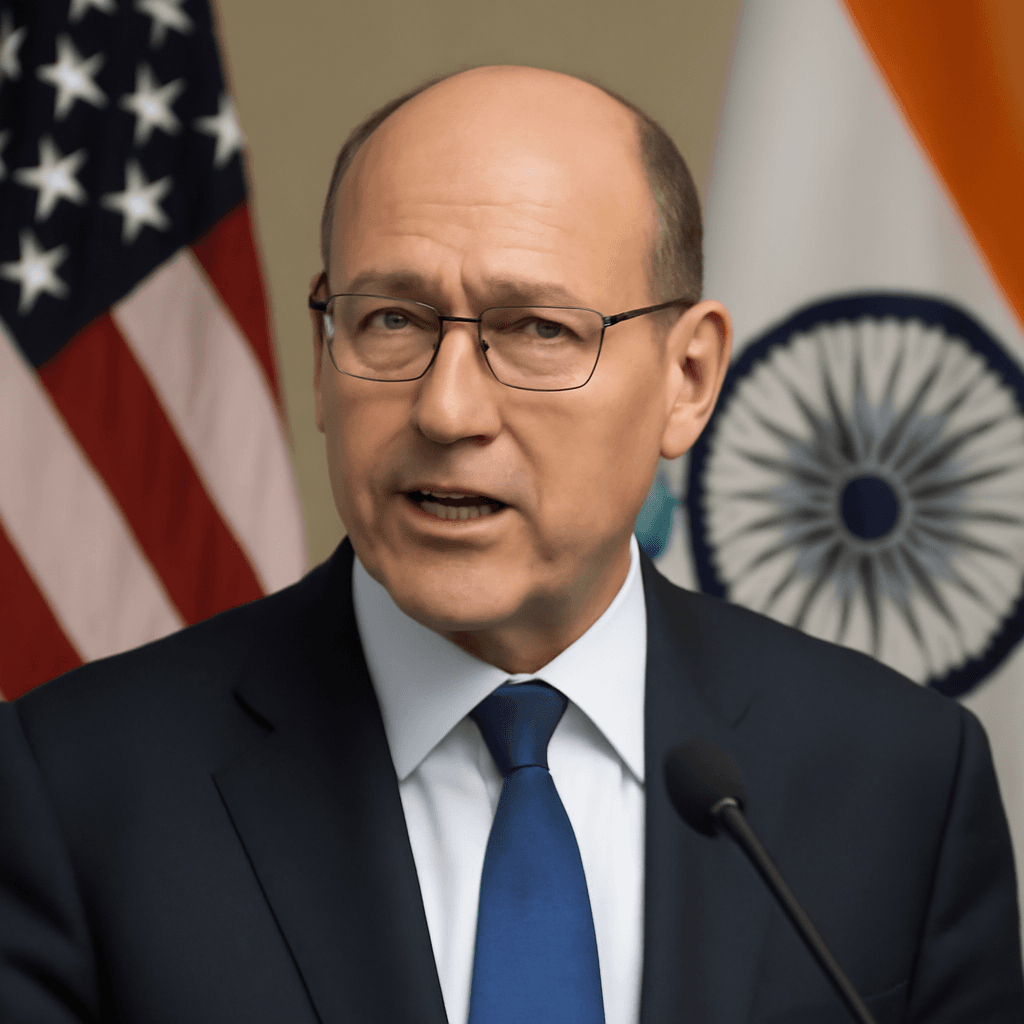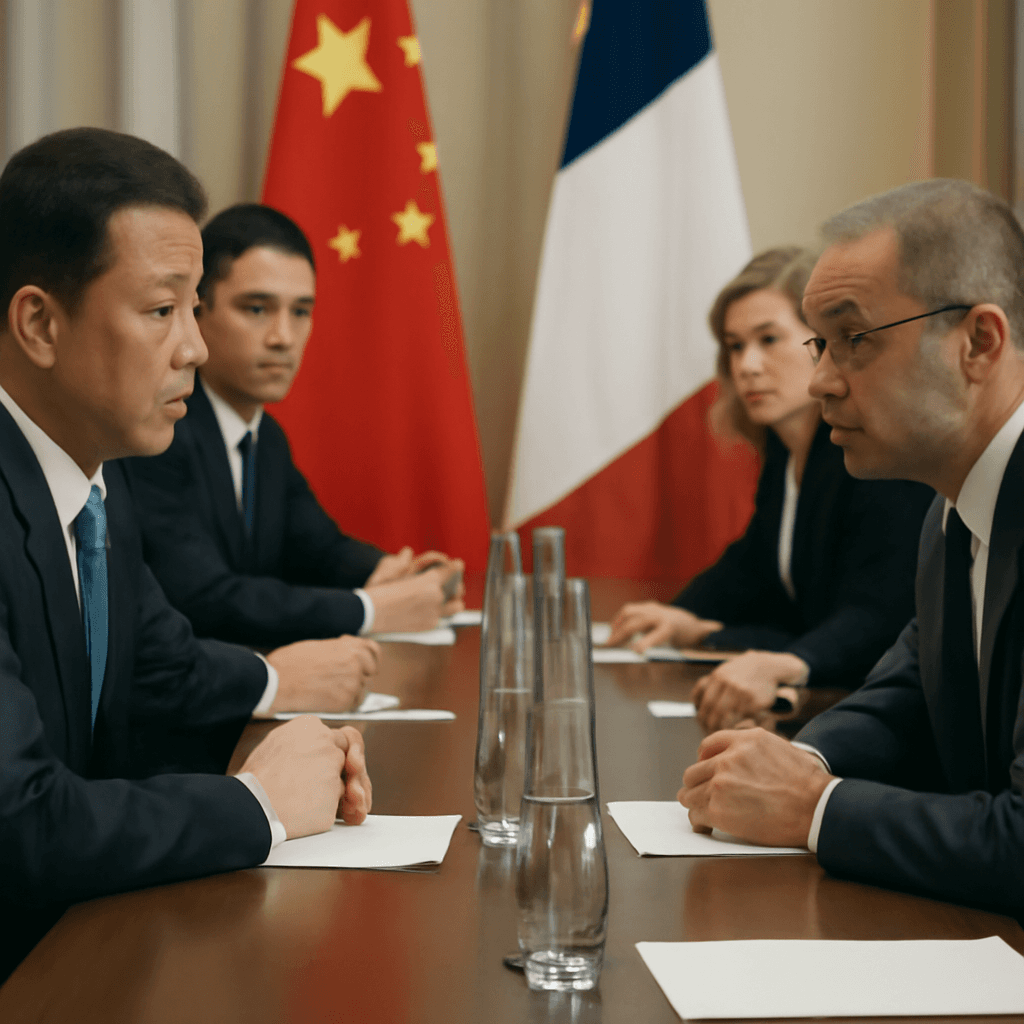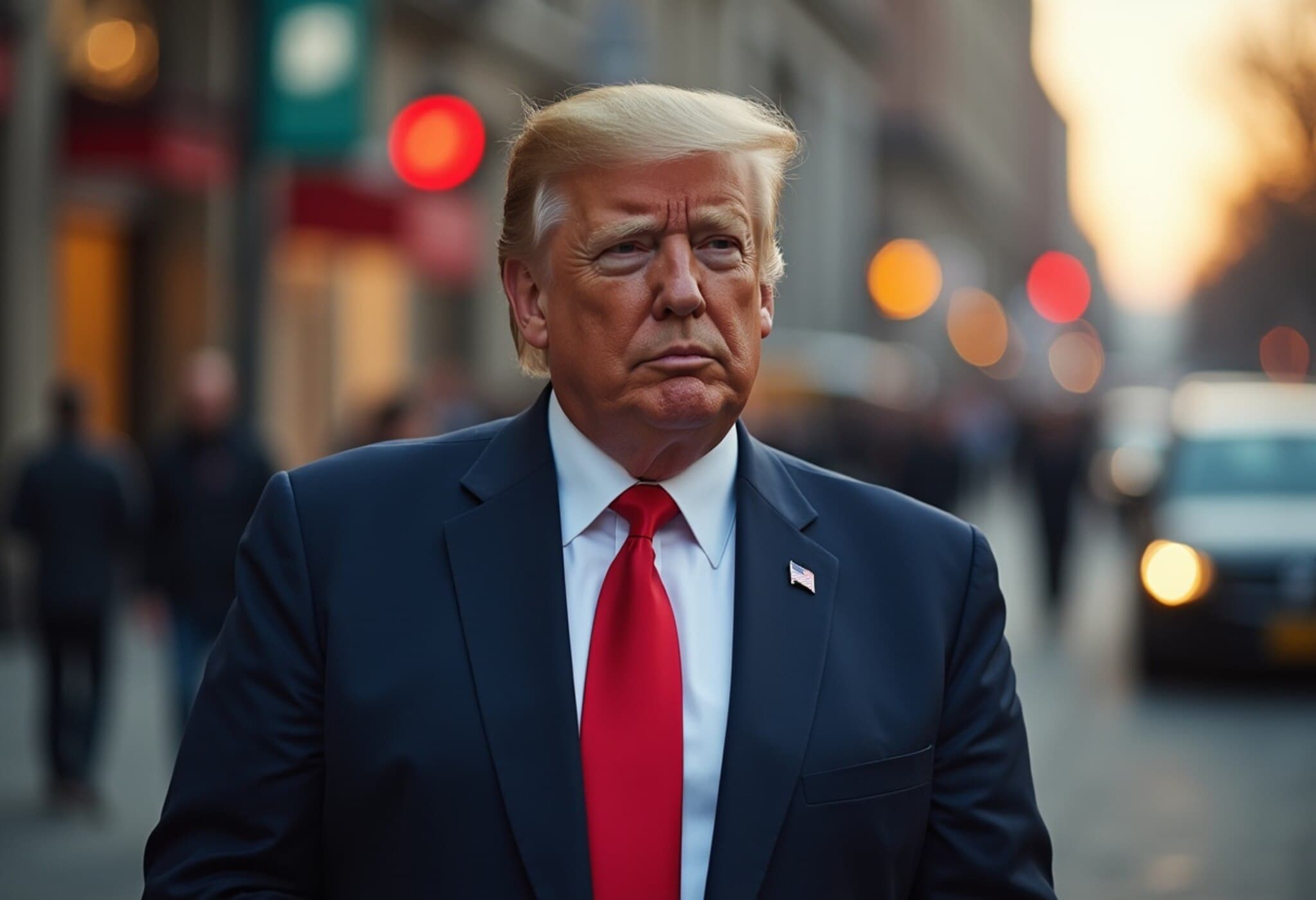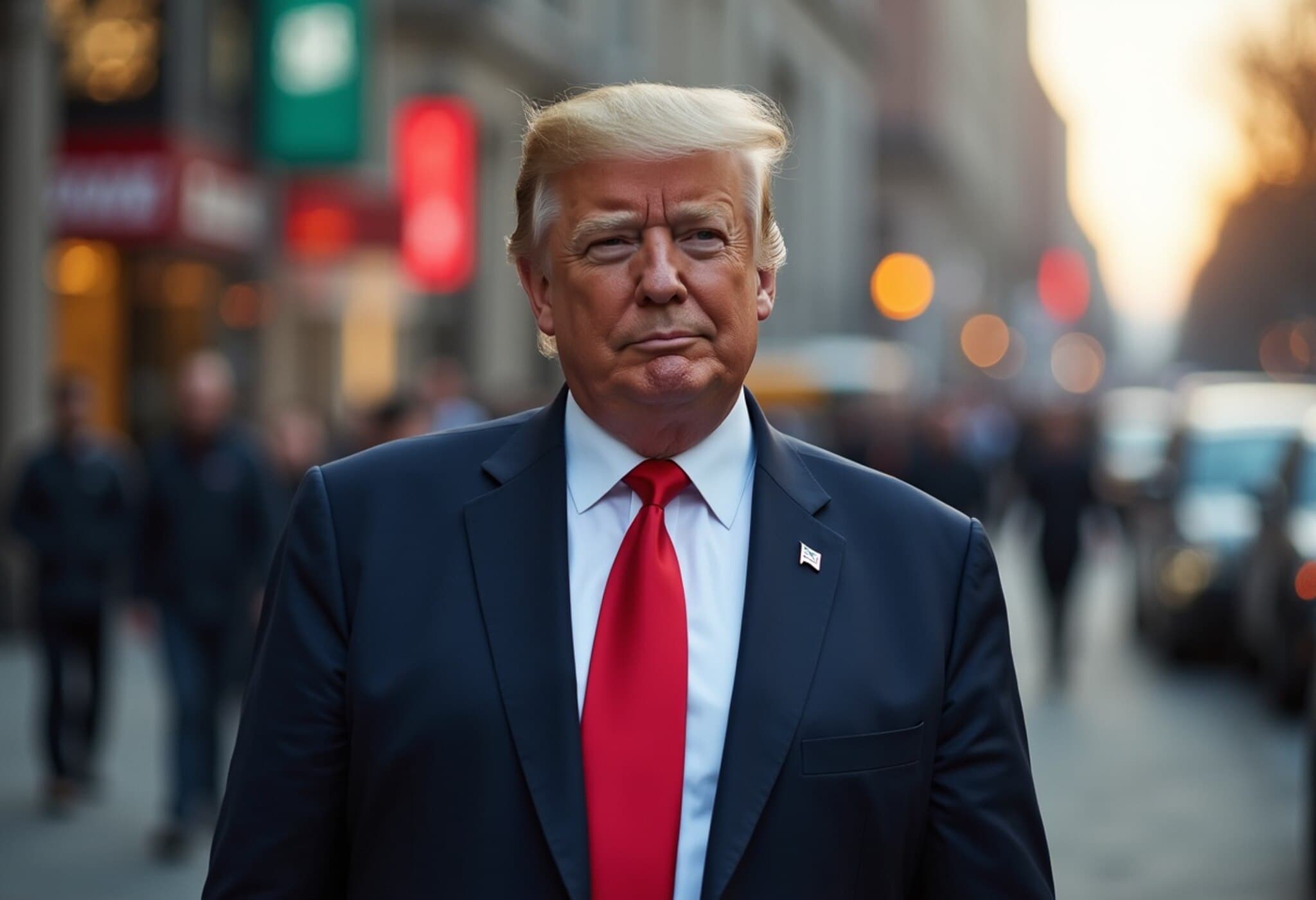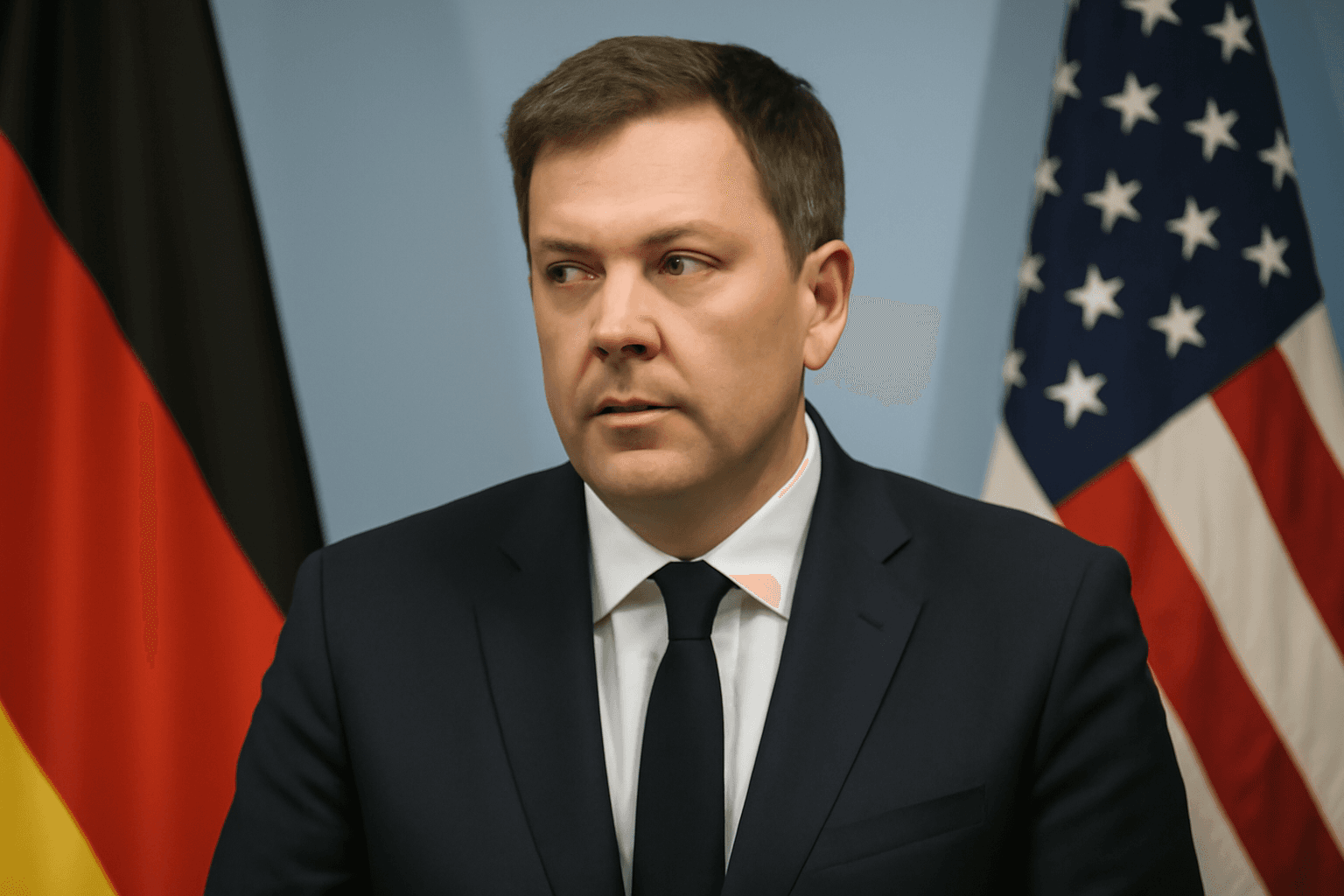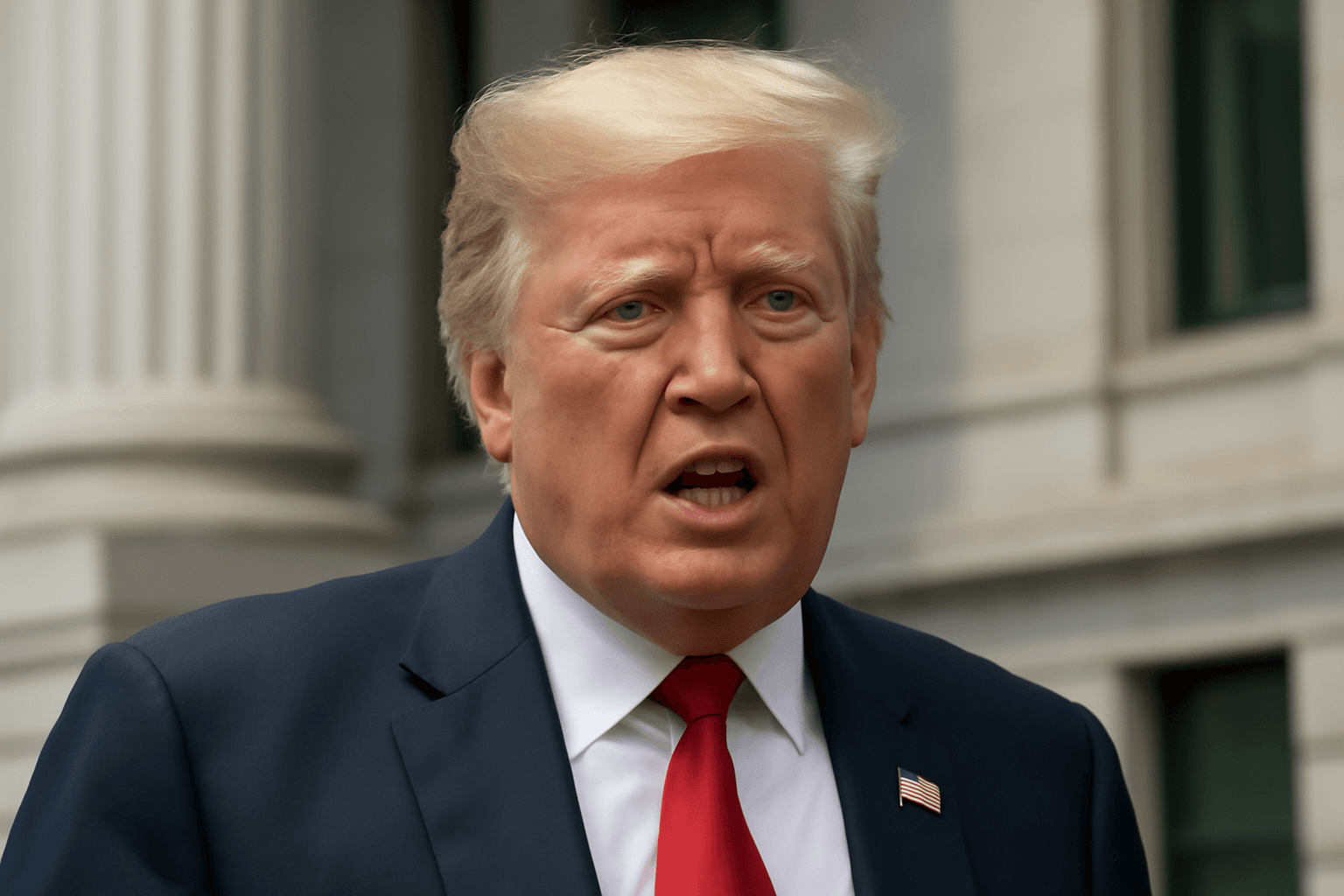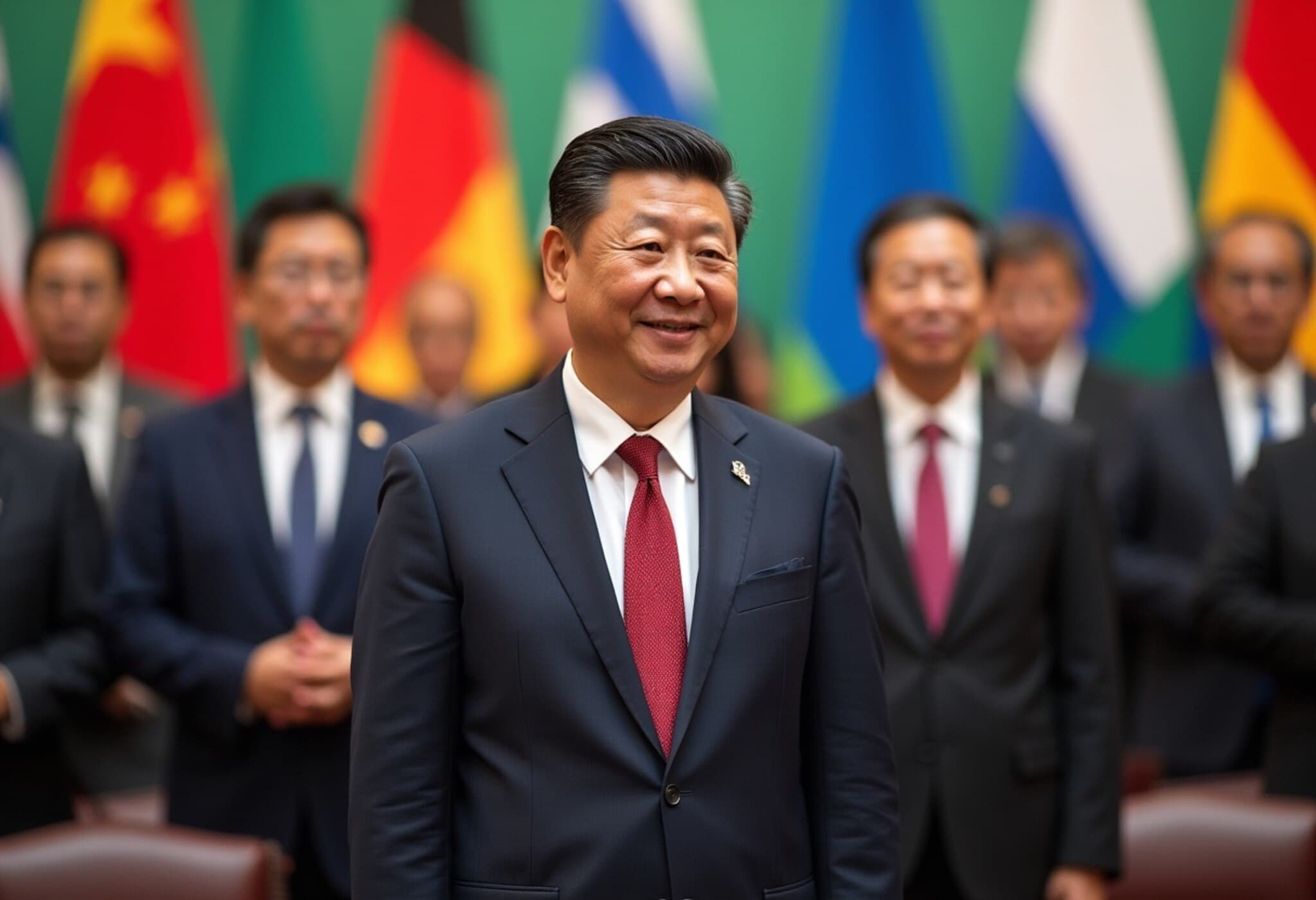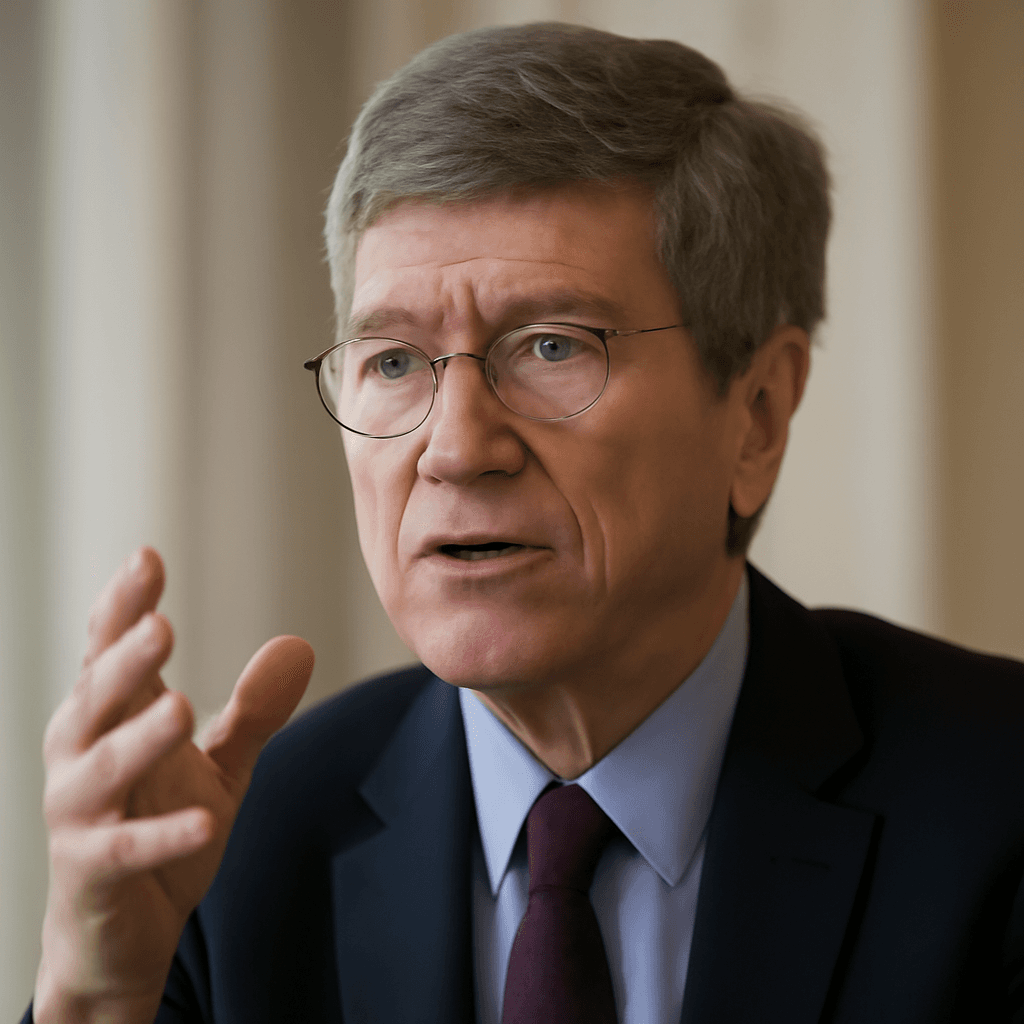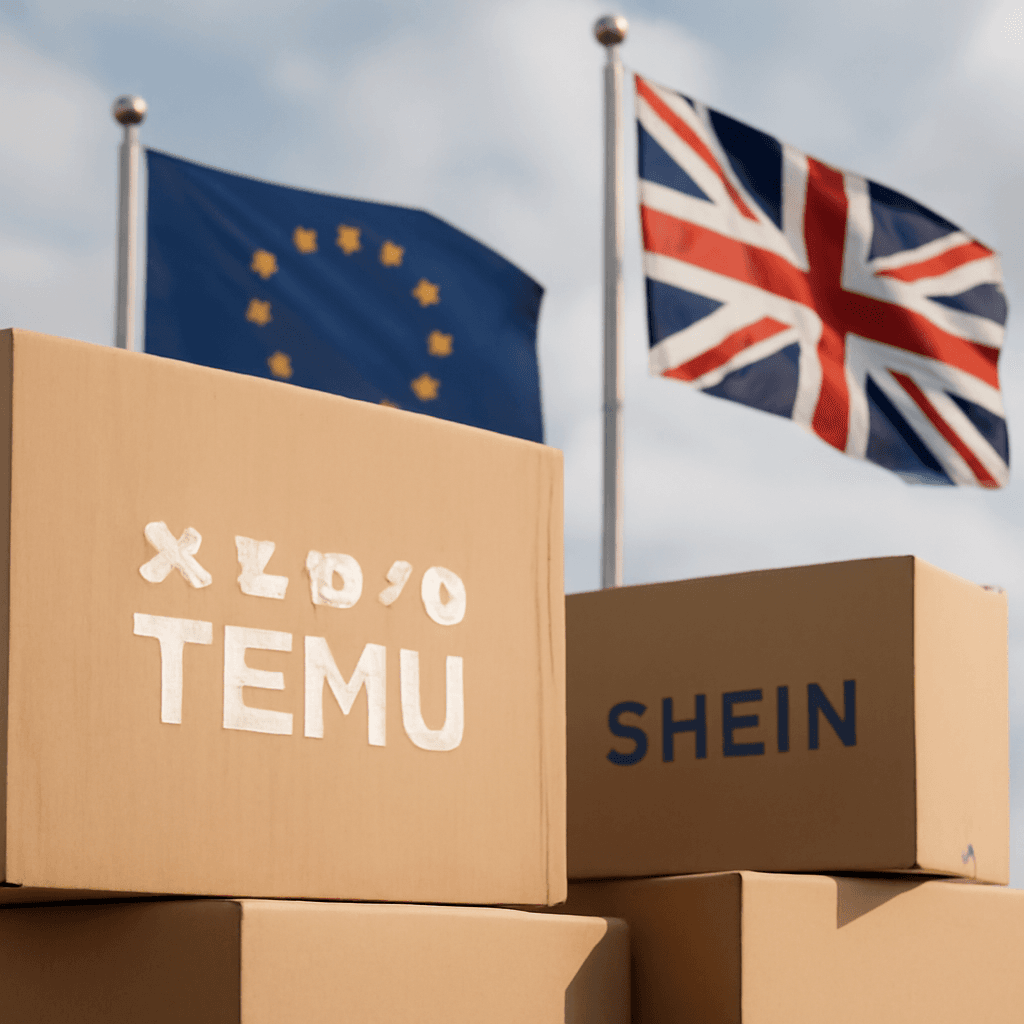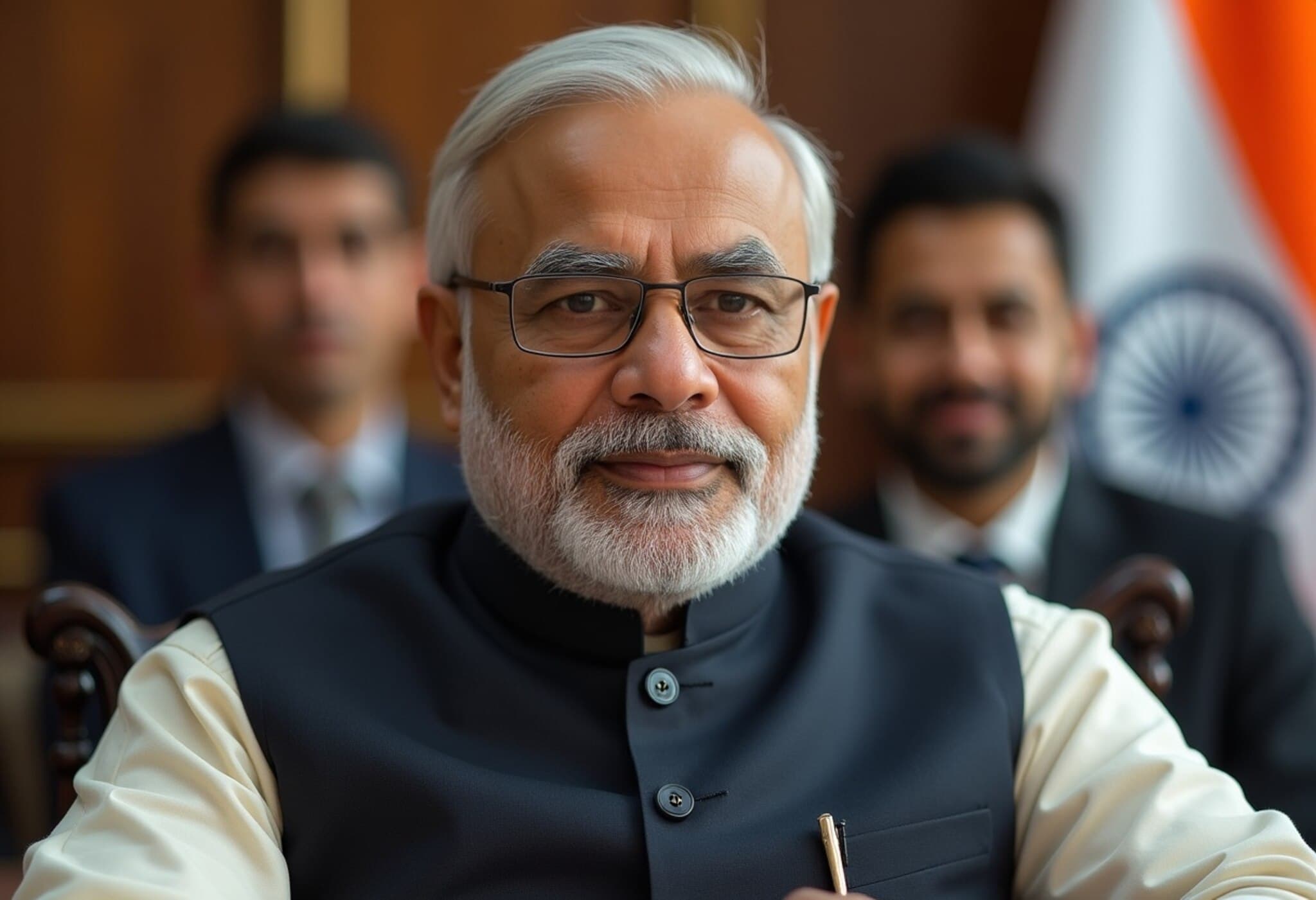US Imposes Steep 25% Tariff Plus Penalties on Indian Imports
In a decisive move announced on July 30, 2025, US President Donald Trump unveiled a policy imposing a 25% tariff combined with additional penalties on a range of Indian imports, effective August 1. This measure, aimed directly at addressing trade imbalances and perceived barriers, positions India as one of the most heavily targeted Asian trading partners by the United States.
Comparative Tariff Duties: India in the Spotlight
While other Asian countries like Indonesia, Vietnam, and the Philippines face tariffs ranging from 19% to 20%, only India is subject to both the 25% base tariff and an extra penalty. This nuanced approach singles India out in Washington’s broader regional trade strategy, signaling heightened scrutiny and diplomatic friction.
Trade Ties Under Strain: What This Means for India-US Relations
India and the United States have experienced a booming bilateral trade relationship over the past decade. Trade volume nearly doubled, from $64.6 billion in 2013 to $118.4 billion in 2024, driven primarily by an 89.3% surge in Indian exports to the US. The sectors experiencing growth include machinery, electronics, and chemicals—industries now constituting nearly 25% of Indian exports to the US.
However, this optimistic trajectory now faces uncertainty. The introduction of high tariffs threatens to disrupt Indian exporters, particularly in these high-value, fast-growing sectors. The policy shift may slow India’s export momentum to one of its fastest-expanding markets and complicate the broader economic partnership.
Exploring the Root Causes: More Than Just Tariffs
President Trump’s comments highlight a deeper context underpinning this policy. He criticized India's high tariff regime, describing it as among the toughest globally, along with non-monetary trade barriers. The US also pointed to India’s ongoing procurement of military equipment and energy resources from Russia amid the Ukraine conflict, adding a geopolitical dimension to this trade decision.
This combination of economic and political factors complicates the picture beyond traditional trade disputes, hinting at broader strategic concerns.
Shifting Trade Composition: The Indian Economy’s Evolution
- Exports: Traditional exports like textiles and apparel have waned, replaced by technology-intensive sectors such as machinery and electronics.
- Imports: India’s imports from the US are trending towards diversification, with fuels rising sharply to 31.5% in 2024 compared to just 7% in 2013, and metals also increasing.
This evolution signals India’s transition towards a more complex, value-added trade relationship with the US, but the recent tariff could challenge this progress.
Deepening Economic Ties Amidst Tensions
Despite these recent setbacks, economic integration between India and the US is on an upward trend. American foreign direct investment in India surged from $20.3 billion in fiscal year 2017 to $70.7 billion in FY 2025. Strategic collaborations have also expanded; the US now accounts for 13% of India’s arms imports, highlighting closer defence partnerships between the world’s two largest democracies.
Global and Regional Implications
The tariff announcement comes shortly after India finalized a comprehensive free trade agreement with the United Kingdom, underscoring India’s growing significance in global trade and diplomacy. However, the US tariffs introduce uncertainty into the Indo-US economic narrative, raising critical questions about the future of their bilateral relationship and the global trade environment.
Expert Commentary
Trade analysts emphasize that while tariffs serve as tools for protecting domestic industries, they also risk escalating into broader trade conflicts that could destabilize interconnected supply chains. For India, a country striving to solidify its place as a global manufacturing hub, these duties could stall progress and compel exporters to seek alternative markets.
From a US policy perspective, the tariffs reflect a pinpointed pressure tactic designed to address multiple concerns simultaneously—from economic deficits to geopolitical alignments. Observers note that this approach combines traditional trade policy with strategic diplomacy, reflecting evolving complexities in the international order.
Looking Ahead: Key Questions for Stakeholders
- How will Indian exporters mitigate the impact of increased tariffs in the short term?
- Can diplomatic channels between India and the US de-escalate trade tensions effectively?
- What alternative markets could absorb Indian exports displaced by these US tariffs?
- How might these tariffs influence global supply chains, particularly in tech and chemical sectors?
Editor’s Note
The imposition of a 25% tariff plus penalties on Indian imports marks a volatile moment in the evolving India-US economic partnership. This policy not only challenges export sectors that have become linchpins of growth for India but also spotlights the intricate blend of economic interests and geopolitical dynamics shaping global trade today. Moving forward, navigating these complexities will require nuanced diplomacy and adaptive economic strategies from both nations. Readers are encouraged to follow developments closely, as the consequences of such tariff actions can ripple far beyond immediate trade statistics, influencing regional stability and global market patterns.




